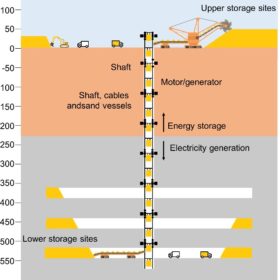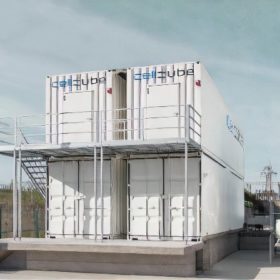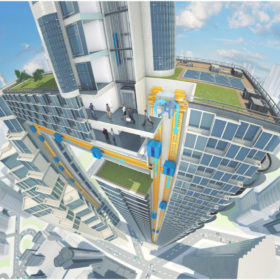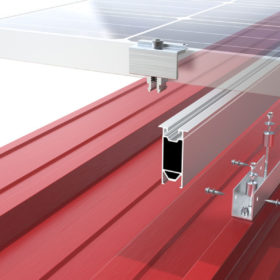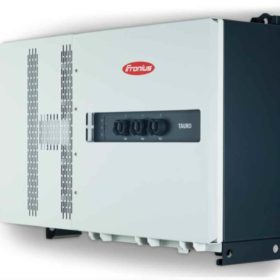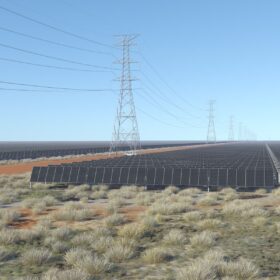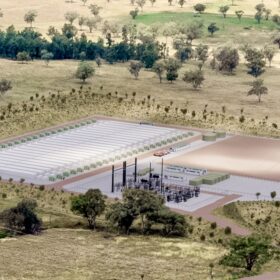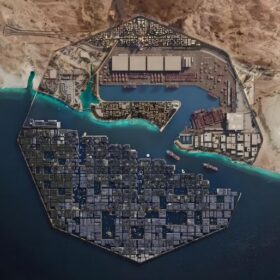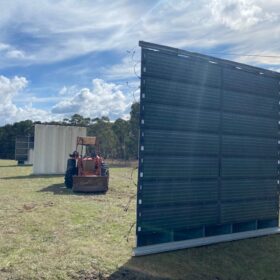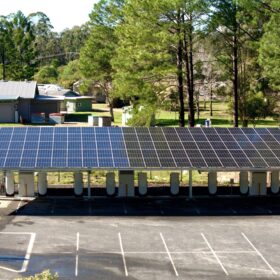Storing renewables via regenerative braking in underground mines
Scientists in Austria have developed a long-term energy storage system that uses regenerative braking to adjust the descent speed of sand in mine shafts and generate electricity.
CellCube eyes Australia for 8 GWh flow-battery manufacturing facility
Australian renewables developer North Harbour Clean Energy will team with European battery energy storage systems supplier CellCube to establish a vanadium redox flow battery manufacturing and assembly facility in Australia with a projected capacity of up to 1 GW/8 GWh per annum.
UN chief warns more fossil fuel investment is ‘delusional’
As Australia battles an energy crisis, the United Nations secretary general has called for increased investment in renewables, saying it is the only “true path to energy security”, warning new funding from governments for fossil fuel exploration or production is simply “delusional”.
Storing renewables with high-rise elevators
Lift Energy Storage Technology is a proposed long-term storage solution that relies on elevators to bring solid masses to the tops of buildings in charging mode. It then lowers the same mass to produce electricity in discharge mode.
New mounting system for rooftop PV, from Austria
The mounting structure relies on a 5.8m long support rail that does not lie on the roof but is connected directly to a purlin placed below with self-drilling support screws.
Using the oceans’ depths to store renewables, compress hydrogen
Underwater gravity energy storage has been proposed as an ideal solution for weekly energy storage, by an international group of scientists. The novel technology is considered an alternative to pumped-hydro storage for coasts and islands without mountains that are located close to deep waters, and may also be interesting for PV if used to store green hydrogen.
Fronius launches new inverter for large-scale PV plants
The 50 kW version of the new inverter features an efficiency of 98.6% and a European efficiency of 98.1%. It can be deployed with a decentralised approach, next to the PV modules, or centralised, at the grid connection point.
Energetica to establish gigawatt module fab in Austria
Production of high-efficiency solar PV modules in the Austrian region of Carinthia should commence as early as December 2018. Using a fully automated production line, Energetica Industries says it is well equipped for competition with Asian manufacturers.
